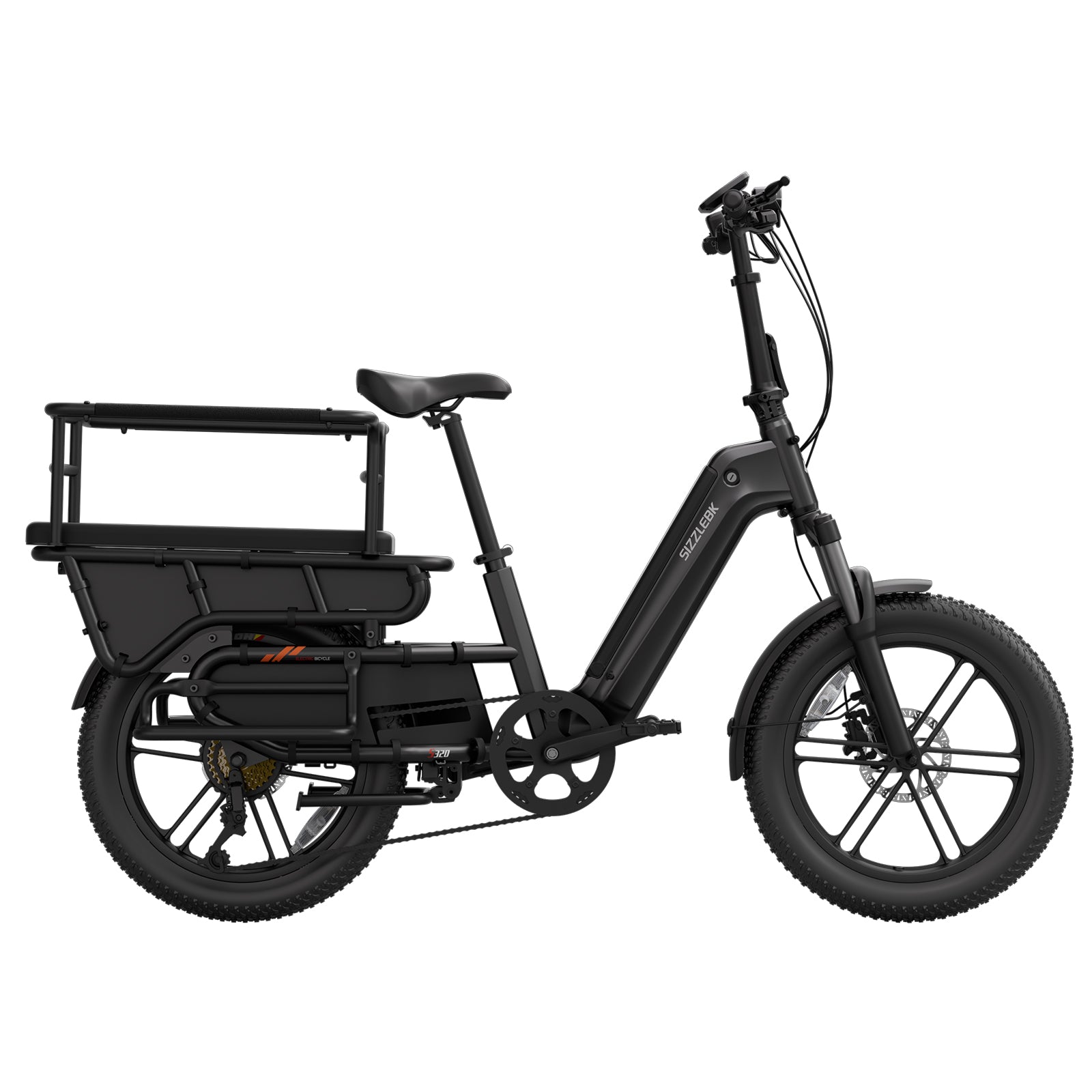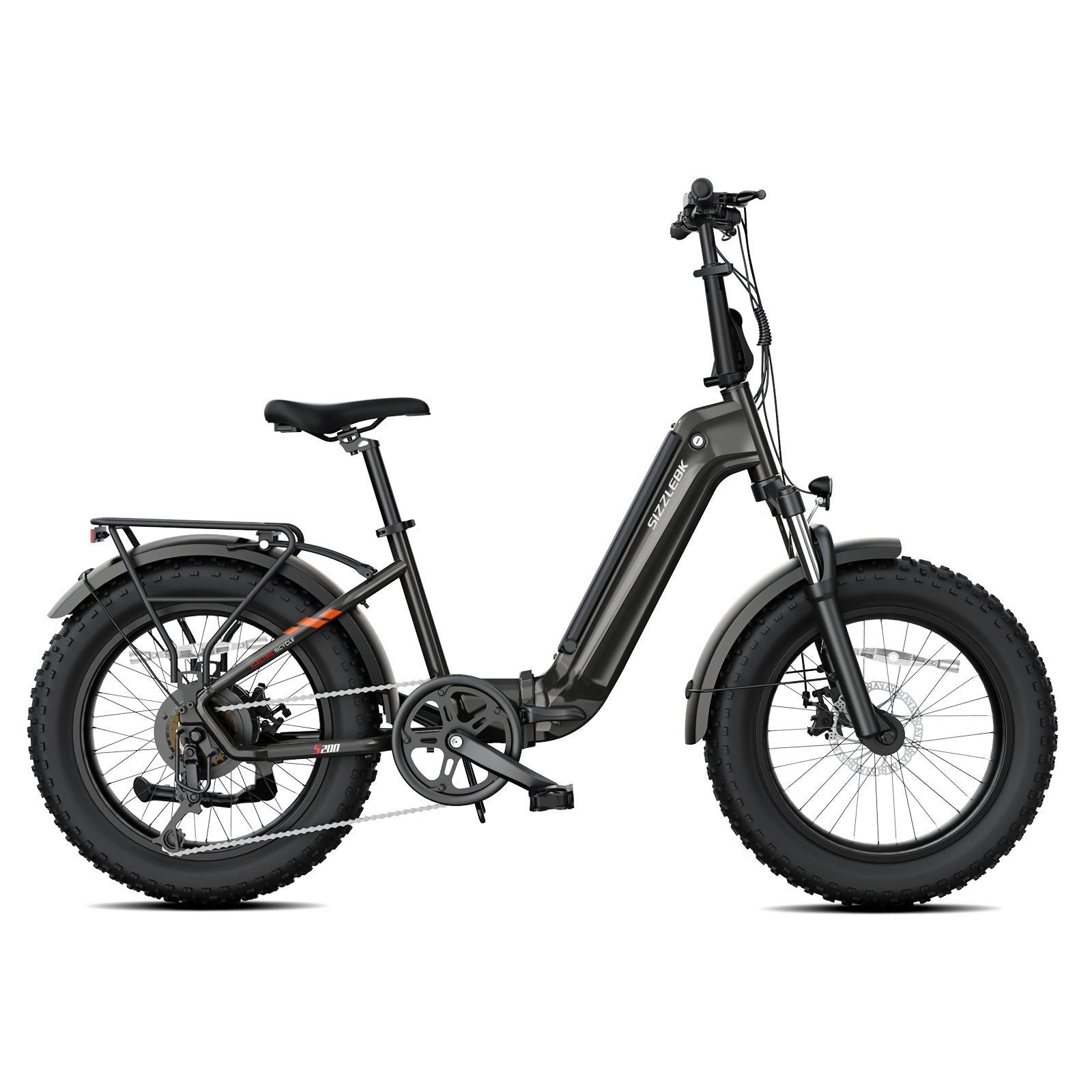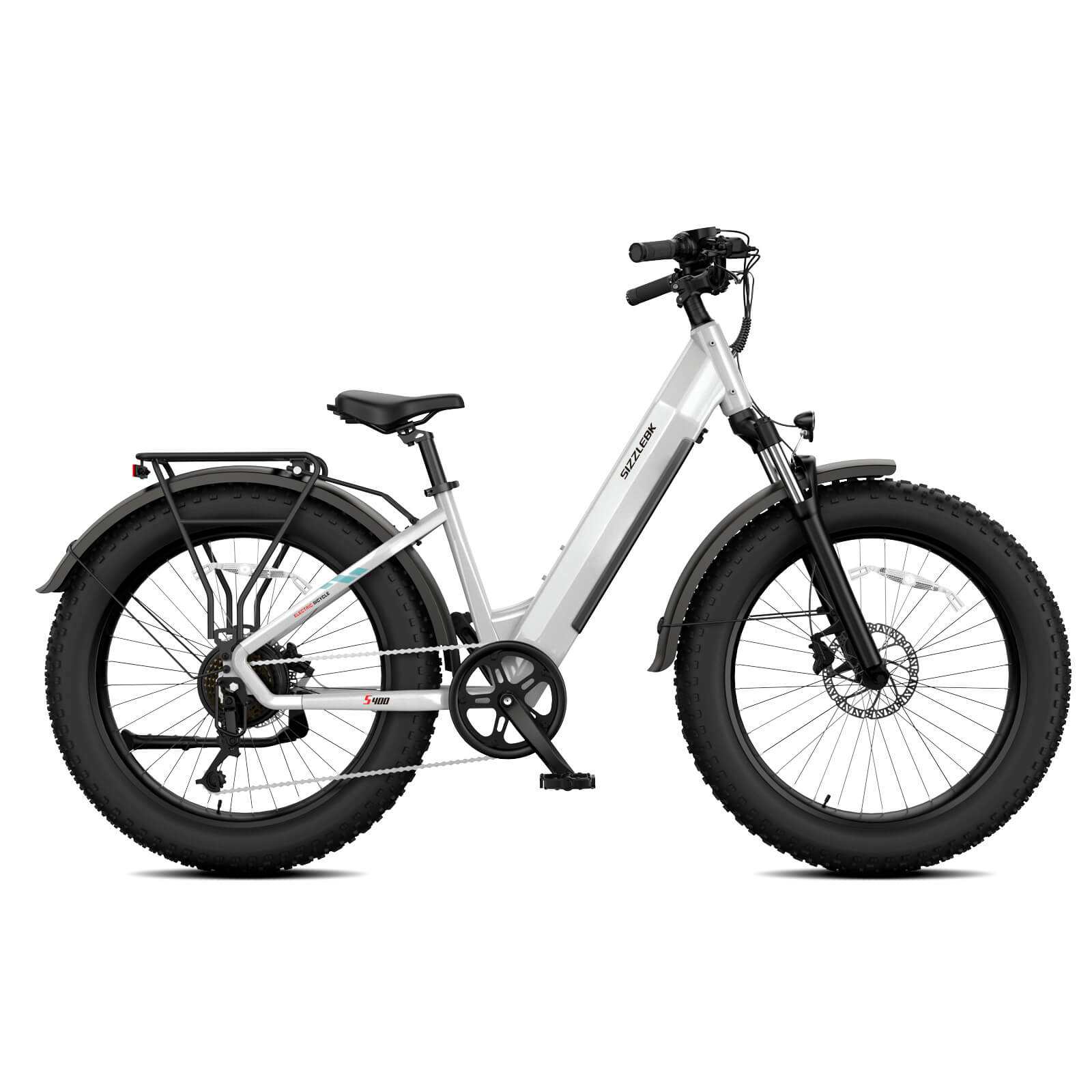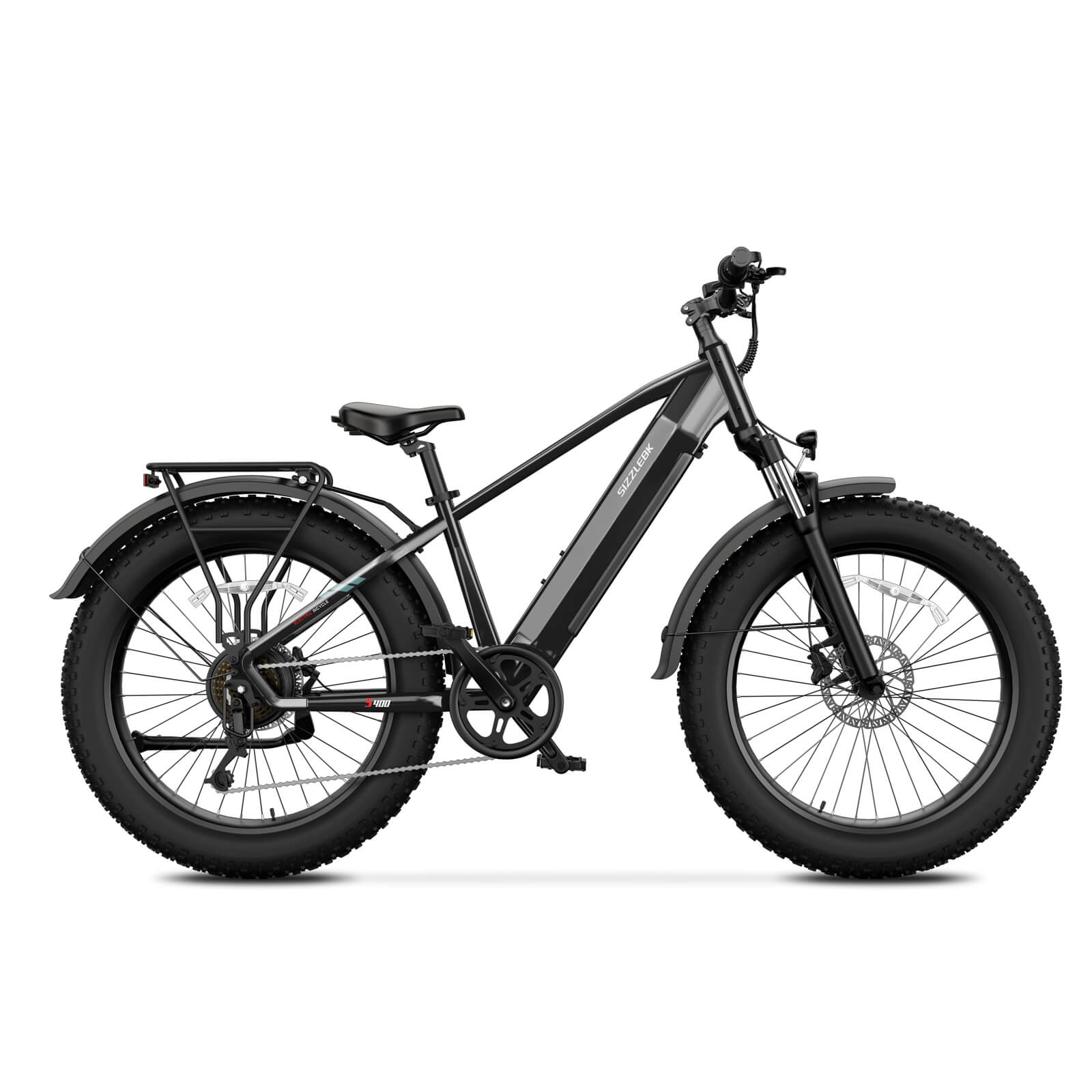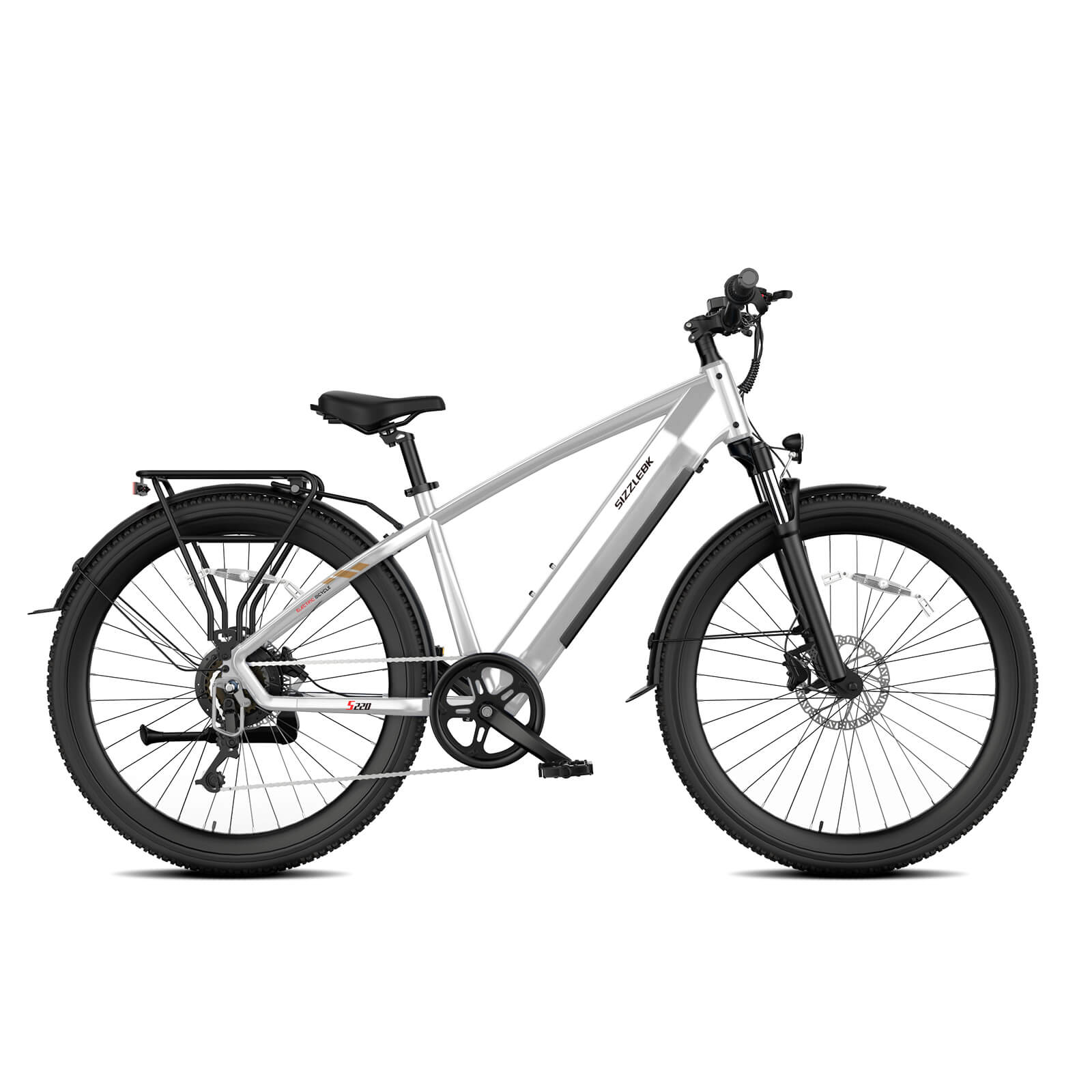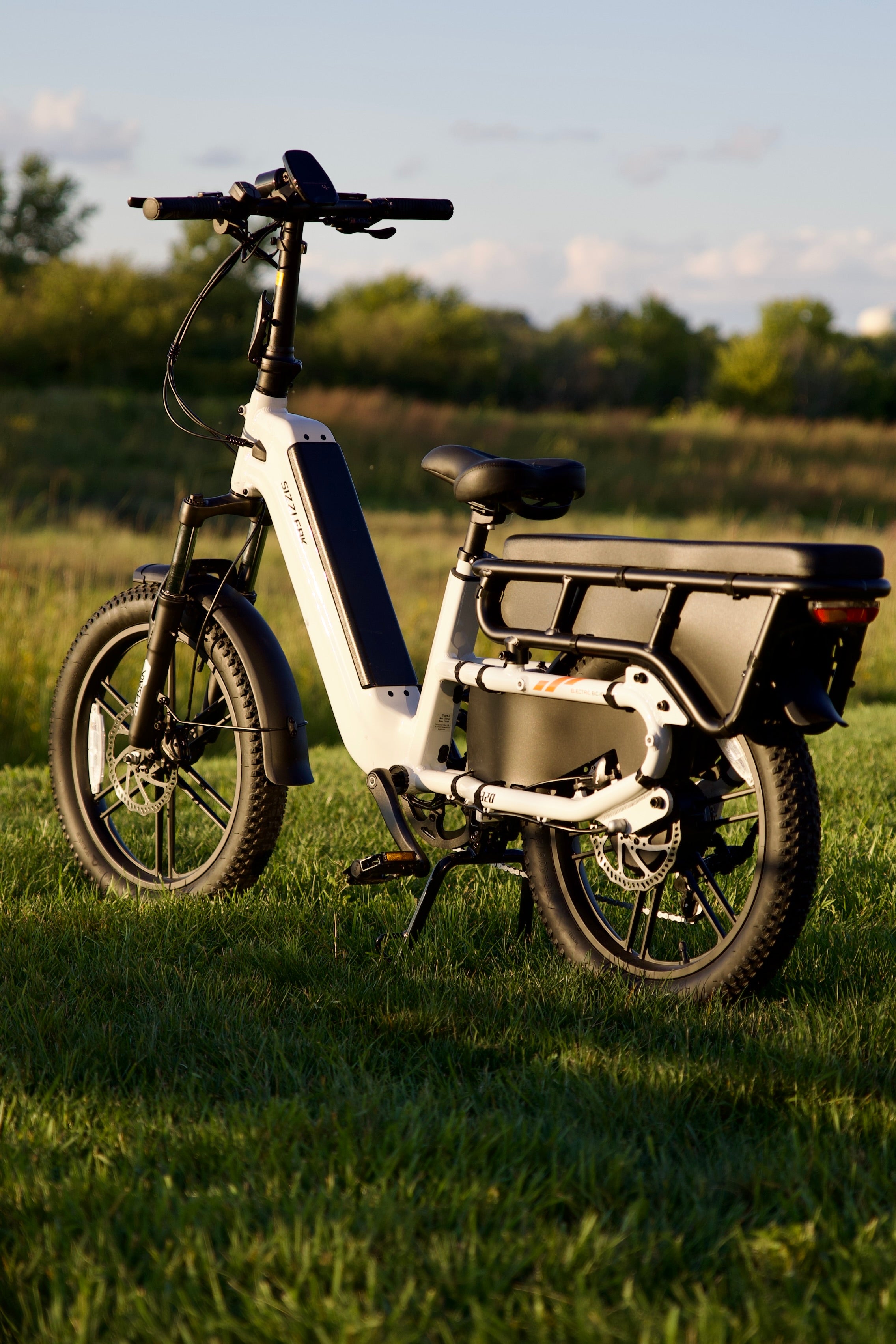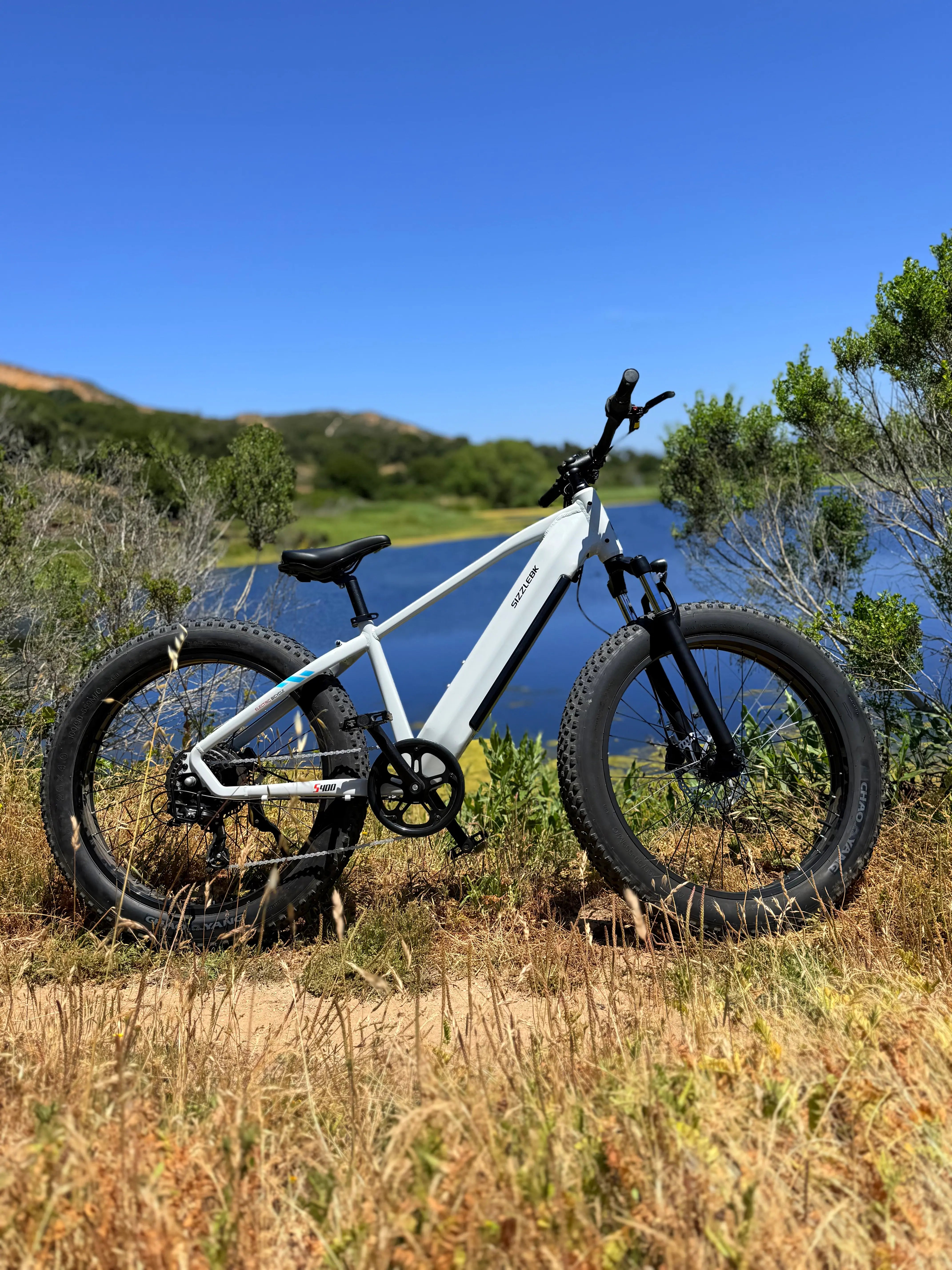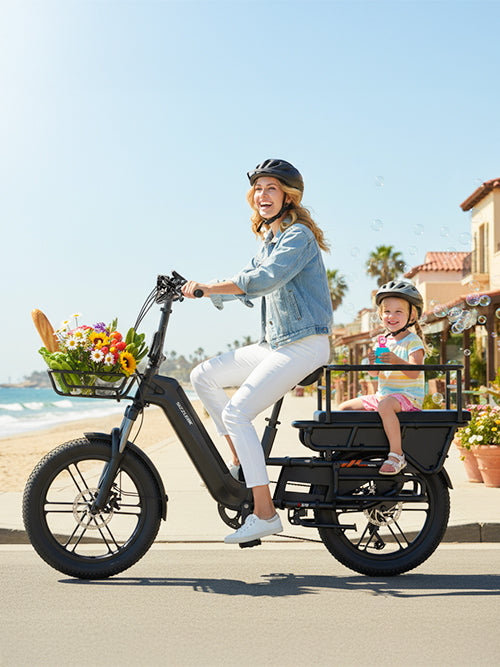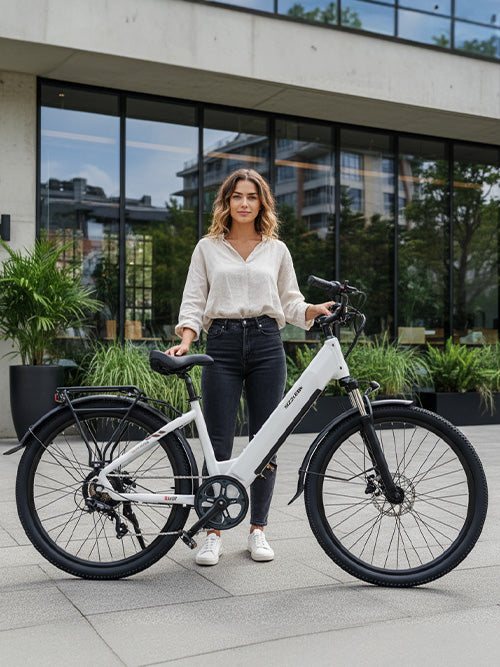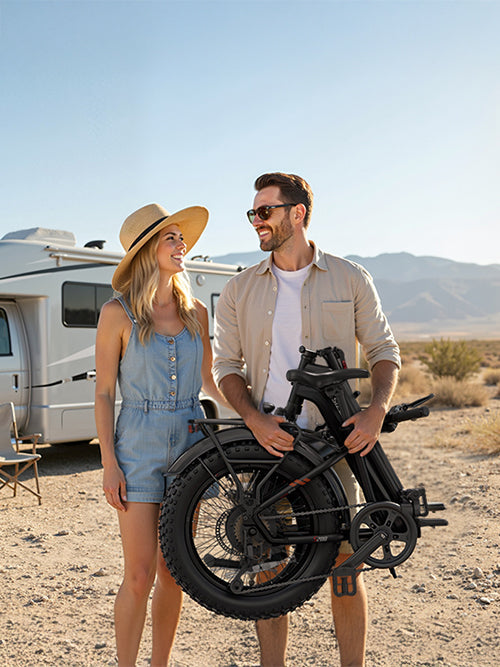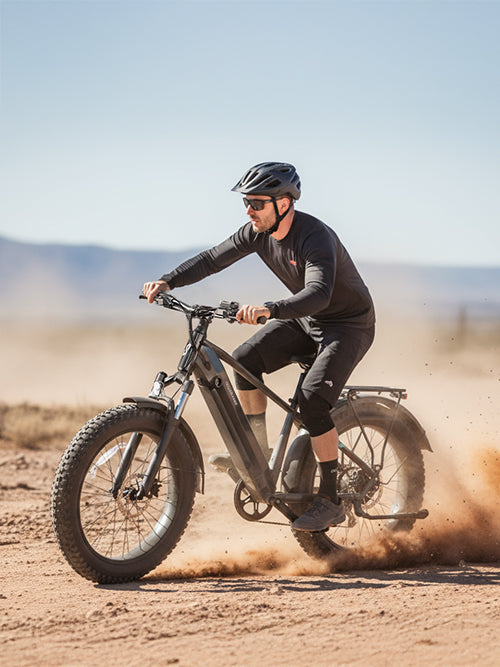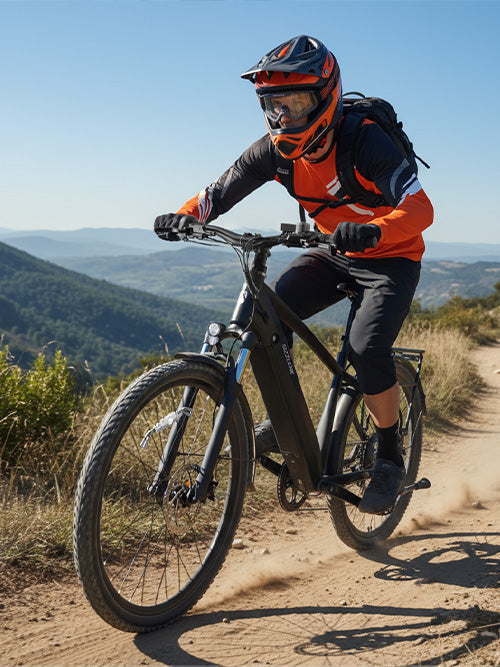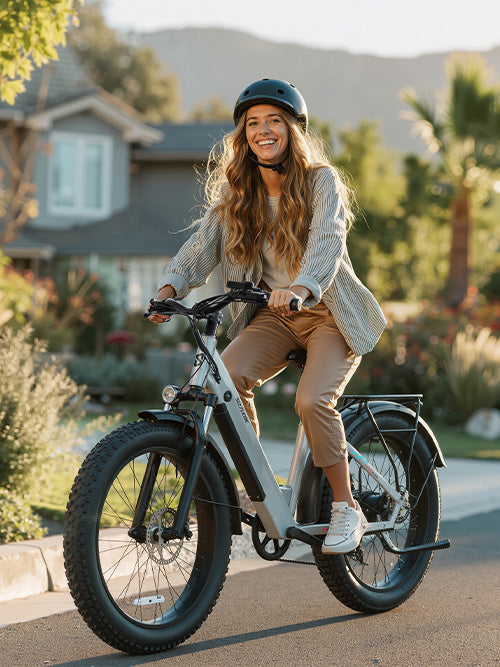The Eco-Friendly, Practical Choice for Family Transportation
As families increasingly seek sustainable and convenient ways to get around, electric bikes with child seats have become a compelling alternative to traditional cars. These bikes combine the efficiency of electric propulsion with the practicality of carrying young passengers, offering a reliable solution for daily commuting and weekend adventures alike.
Why Choose an E-Bike with a Child Seat
Assistive Power for Family Rides
Electric assistance makes it easier to ride longer distances and tackle inclines, even when carrying a child. This allows families to explore more destinations without fatigue.
Environmentally Conscious Choice
E-bikes produce zero emissions, making them a cleaner mode of transportation compared to gas-powered vehicles. They contribute to reducing urban pollution and dependence on fossil fuels.
Time-Saving and Convenient
With the ability to bypass traffic and avoid parking challenges, e-bikes offer a faster and more flexible option for school drop-offs, errands, and short commutes.
Cost-Effective Transportation
Although the initial investment may be higher than a standard bike, the ongoing savings on fuel, public transportation, and vehicle maintenance make e-bikes a financially sound decision in the long term.
Health and Lifestyle Benefits
Cycling promotes cardiovascular health, muscle development, and mental well-being. Riding with children also encourages physical activity and outdoor time as a family.
Key Features to Consider
Safety
-
Reliable disc brakes for effective stopping power
-
Durable frame construction
-
Certified child seats with harness systems
-
Proper footrests and guards for passenger protection
Comfort
-
Adjustable handlebars and seats for better ergonomics
-
Suspension forks to absorb road shocks
-
Cushioned child seats with head and back support
Battery Range
-
Choose a battery capacity (e.g., 500Wh or above) that suits your daily mileage
-
Removable batteries offer added charging flexibility
Load Capacity
-
Verify the total payload limit, including rider, child, and any additional cargo
-
Ensure stable handling when riding with added weight
Recommended Family E-Bikes
| Model | Max Load | Child Seat Compatibility | Notable Feature |
|---|---|---|---|
| Sizzlebk S320 Cargo ebike | 450 lbs | Yes | Extended frame, high utility |
| Yuba Spicy Curry | 300 lbs | Yes | Low center of gravity for stability |
| Tern GSD | 440 lbs | Yes (up to 2 child seats) | Compact, foldable, urban-friendly |
Child Seat Installation Tips
-
Select a Compatible Seat
Ensure the child seat matches the frame style and attachment points of your e-bike. -
Follow Manufacturer Instructions
Proper installation is critical for safety. Use the hardware and guidelines provided. -
Secure Fastenings
Before every ride, inspect all bolts, straps, and connectors for tightness. -
Use Helmets for All Riders
Helmets should meet safety standards and fit securely. -
Enhance Visibility
Equip the bike with front and rear lights, reflectors, and wear high-visibility clothing. -
Practice Handling
Ride in a safe area to adjust to the changed balance and weight distribution with a child seat installed.
E-Bike Maintenance Tips for Families
-
Battery Care: Charge regularly, avoid full depletion, and store in moderate temperatures
-
Tire Pressure: Check weekly to maintain ride efficiency and stability
-
Brake Inspection: Monitor for wear and responsiveness; replace brake pads when necessary
-
Child Seat Check: Inspect mounting points, straps, and connectors frequently
-
Annual Servicing: Schedule professional maintenance at least once per year for optimal performance
Ideas for Family Adventures with an E-Bike
-
Visit nearby parks, trails, or botanical gardens
-
Plan educational city tours by bike
-
Take weekend picnics in open, bike-accessible green spaces
-
Use the bike for regular errands to build daily riding habits
-
Explore new neighborhoods or cycling-friendly areas on weekends
Frequently Asked Questions (FAQs)
1. What age is appropriate for a child to ride in a bike seat?
Most child bike seats are designed for children aged 9 months and older who can sit upright without assistance. Always check the manufacturer’s guidelines for age and weight limits.
2. Can any e-bike be fitted with a child seat?
Not all e-bikes are compatible with child seats. It depends on the frame design and available mounting points. Always ensure compatibility before purchasing a seat.
3. How much weight can an e-bike safely carry with a child seat?
Weight limits vary by model. Most e-bikes can carry between 250 and 400 pounds, including rider, child, and cargo. Check the product specifications for details.
4. Do I need a specific license or insurance to use an e-bike with a child seat?
In most areas, Class 1 and Class 2 e-bikes (up to 20 mph) do not require a license or insurance. However, always verify local regulations to ensure compliance.
5. What’s the difference between a front-mounted and rear-mounted child seat?
Front-mounted seats offer better interaction with your child but are typically for smaller children. Rear-mounted seats accommodate higher weight and are better suited for longer rides or older toddlers.
